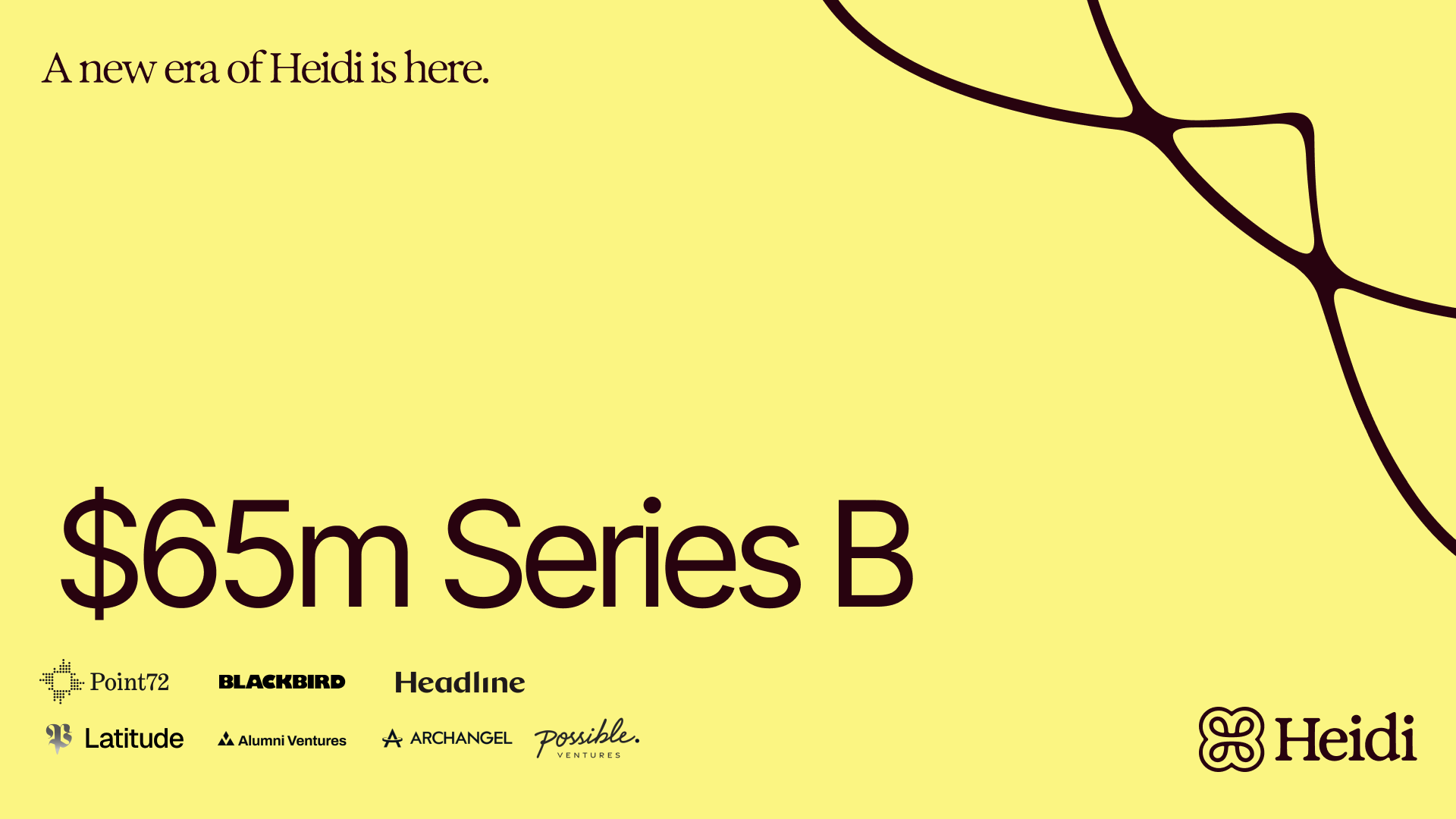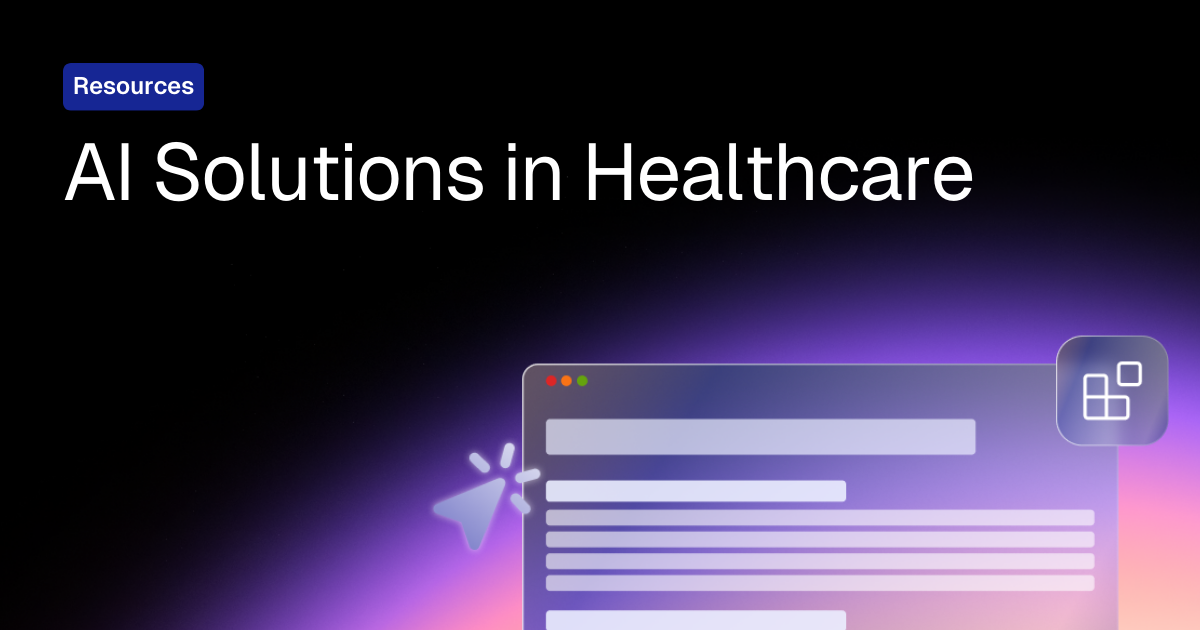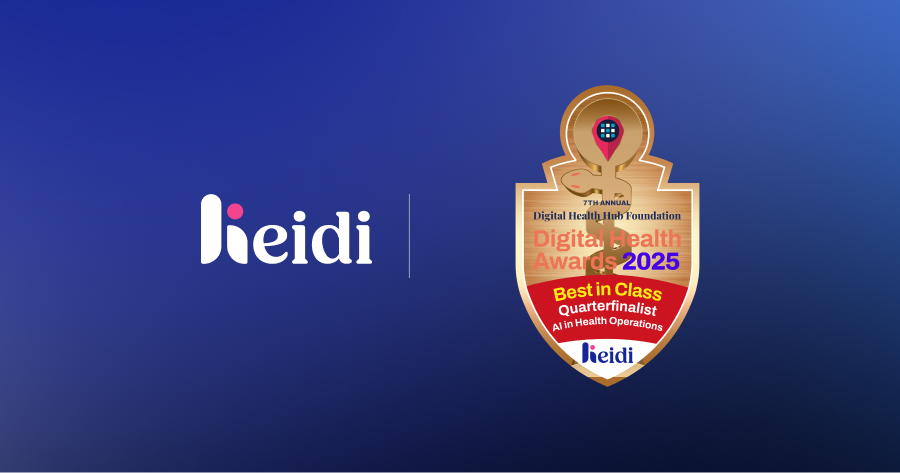AI Medical Scribe Impact: How Does it Affect Healthcare?

What is the Impact of AI Medical Scribes in Healthcare?
The impact of AI medical scribes is seen in the value of their application in the lives of healthcare practitioners and patients. Clinicians across medical specialties adopt the tool as an alternative to manual documentation, while patients feel increasingly reassured that their doctor can be more present and focused on them.
AI medical scribes that we know today result from a lot of technological research and development. But after years of its application in the healthcare industry, what do we know about the impact of AI medical scribes? How does it influence existing healthcare industry workflows?
In this article, we will discuss the AI medical scribes’ impact, the existing literature about them, the practical yet evolving ways of their functions, and how clinicians can start experiencing the impact of AI medical scribes in their day-to-day practice.
Addressing Concerns with AI Medical Scribes’ Impact
Before we explore the impact of AI medical scribes, note that existing literature may be limited. Scientific researchers encourage additional studies to better understand both generalizable and setting-specific outcomes from AI medical scribe use.
The way in which terminologies are used in this article appeals to healthcare practitioners in general, unless otherwise stated. For instance, some sources cited in this blog relate to a population majority of primary care providers (PCPs) and allied health practitioners (AHPs). Meanwhile, some involved nurse practitioners (NPs), physiotherapists, etc.
What Current AI Medical Scribe Research Tells Us
Relevant studies convey overlapping themes on clinical documentation improvement, process efficiency, physician satisfaction, and patient engagement. This exhibits how a simple AI-enabled documentation tool can positively impact several areas related to healthcare practice. Below is an outline with a summary of said overlaps.
AI Medical Scribes’ Impact on Clinical Documentation
An early research published by the American College of Physicians (ACP) found that in a day, physicians spend around two hours on EHR work for every hour of clinical care. On top of that, they spend another one to two hours on clerical tasks outside of office hours (often called “pajama time”).
Recent results spotlight the positive influence AI medical scribes have on clinical documentation, where their efficacy is associated with reducing administrative time that contributes to burnout. As a result, medical documentation has become less of a hassle on clinicians’ day-to-day experience.
AI Medical Scribes’ Impact on Patient Engagement
Earlier studies show that time spent on documentation can divert time from direct patient care. An early study from the Thieme Group reported that 26.6% of physicians’ daily hours are spent on documentation tasks, 16% of which are administrative rather than clinical in nature.
Productivity while using AI medical scribes has been found to increase by a 5.8% average. This was reported in a recent study by Cell Press (Elsevier), where findings suggest that using AI medical scribes also has a positive impact on patient interactions.
Using AI medical scribes allows clinicians to put patient concerns first. Because AI takes care of the more menial aspects of the job, more time is allotted to what matters most: patient interactions.
AI Medical Scribes’ Impact on Clinician Well-Being
The top emerging impact of AI medical scribes on clinicians is reduced cognitive load. Recent studies mention that using medical AI scribes results in a decreased perception of mental burden. It’s also been pointed out that a high proportion of clinicians report having positive sentiments about using AI medical scribes.
This contributes to clinicians’ overall job fulfillment since the AI medical scribe affords them more time for their family or personal life.
AI Medical Scribes’ Impact on Healthcare System Efficiency
The collective impact of AI medical scribes contributes to benefits for the broader medical system. Because there is less perceived stress and minimized workload on clinicians, burnout is less likely to happen. Furthermore, quality of care is improved because of AI medical scribes.
One of the world’s biggest AI medical scribe rollouts combated the workforce shortages among NHS primary care practices in the UK. In Heidi’s partnership with Modality, use of an AI medical scribe to reduced documentation time by 51%.

AI Medical Scribe Workflow Examples
AI-enabled medical scribes save both time and energy in carrying out clinical documentation. In this section, let’s explore four examples of how AI medical scribes optimize the clinician experience and workflow.
1. Integrated EHR System Workflow Example
An integrated EHR workflow allows AI medical scribes to embed seamlessly into clinical platforms, particularly in telehealth settings. Telehealth providers often need fast and reliable documentation to connect gaps of patient records across hospitals and health practitioners.
In this context, AI medical scribes like Heidi Health streamline operations by automating note generation in fast-paced workplaces like healthcare.
“Heidi is easy to work with, the training required is minimal. And seeing a professional medical summary created after a consult with a patient, which filters out all the unnecessary details and includes clear plans and patient instructions… is a game changer,” shares Tatiana Lowe, Medical Director and FACEM at My Emergency Doctor (MED).
Heidi offers easy API access for direct integration or embedded widgets in web-based EHR and PMS. With Heidi, a problem well-defined is a problem half-solved.
2. Improved Medical Specialty Workflow Example
Various medical specialty workflows involve complex and high-volume documentation. This is one of the challenges faced by medical practitioners like Dr. Aman Khanna.
Thankfully, the underlying need to automate templates in documentation is solved by Heidi. Its intuitive AI scribe does not only accommodate a large volume of transcribed notes, but it also generates modifiable templates for every specialty.
"I haven't seen any of the other platforms do template generation as well. You can just search for what template you want and it’ll build it. It then allows me to save the template. I can modify it. It's in simple language. I can understand it. I can deconstruct it," shares Dr. Khanna, ENT Surgeon.
3. Streamlined Clinical Setting Workflow Example
Streamlining clinical workflows starts with reducing practitioners’ daily hurdles in documentation. When clinicians are burdened with comprehensive notes and excessive medical charting, it’s always at the expense of actual time spent on direct patient care.
At Hawse Health, rural internet connectivity interrupts the already strained workflow.
"We had downtime due to rural internet instability, significantly increasing after-hours documentation," says Tiffany Garner, Assistant Medical Director & Nurse Practitioner at Hawse Health.
Thankfully, Heidi saved the day. The team overcame this workflow inefficiency in rural care. "Even if the internet goes down, Heidi captures everything seamlessly. No after-hours catch-up needed."
4. Enhanced Patient Workflow Example
Patient workflows are enhanced when cognitive load is taken off of clinicians. Since medical practitioners have to split attention between the patient and note-taking, care quality becomes reduced. In addition, clinicians have to spend longer hours making high-quality documentation.
Without an AI medical scribe, patient interaction is interrupted. Heidi helps solve this problem with AI ambient listening technology.
“Heidi has made a huge difference in how I work – it allows me to focus on my patients without worrying about documentation. It’s a game-changer,” says Dr. Tony Fernando, Psychiatrist and Sleep Specialist. For Dr. Fernando, being present in the moment for the patient is important. He was able to cut his time documenting by more than 50% while delivering the same care quality.
Experience the Impact of AI Medical Scribes with Heidi Health
Heidi Health emphasizes quality patient care by offering an AI-powered medical scribe. Instead of letting clinicians endure the administrative burden of clinical documentation, Heidi made a way for AI to work for clinicians. While you focus on patient care, Heidi gives you these advantages:
- Adaptability: Works for 200+ medical specialties, adapts to your unique terminology and preferences, and creates notes that sound like you
- Beyond scribes: Transforms your workflow from pre-visit prep to post-visit tasks - one conversation generates everything you need
- Proven activation: 60-80% vs. competitors' 20-40%
Heidi supports over 2 million patient consults every week, complying with global standards and regional regulations. It ensures data localization for customers in Australia, Canada, the United States, the United Kingdom, and beyond.
FAQs About AI Medical Scribes’ Impact
What are the key considerations when using medical AI scribes?
When using AI medical scribes, these features are key considerations: transcription accuracy, note quality, data privacy, scribe customization, multi-platform availability, and integration capabilities. An effective scribe helps you document with efficiency without sacrificing note quality.
How do AI medical scribes impact education?
Recent studies foresee AI scribes not as a replacement for thinking capacity, but as an academic aid. Moreover, it has been reported that medical schools will incorporate AI in their core curriculums moving forward. Not only will this support from AI tools help medical students with documentation, but it will also complement their overall learning experience.
What is the impact of AI medical scribes on electronic medical records?
AI medical scribes improve clinical documentation which, in turn, significantly impact electronic medical record (EMR) processes. AI scribes automate what previously were manual processes such as note transcription and data entry. As a result, documentation processes become more seamless and efficient.
.webp)
Know more. Feel clever.
No-nonsense goodies about the latest in MedTech from your friends at Heidi.
Meet your AI resident.
It’s like you, but less gorgeous.
.svg)

.svg)
.svg.webp)
















%201.png)

.svg)






